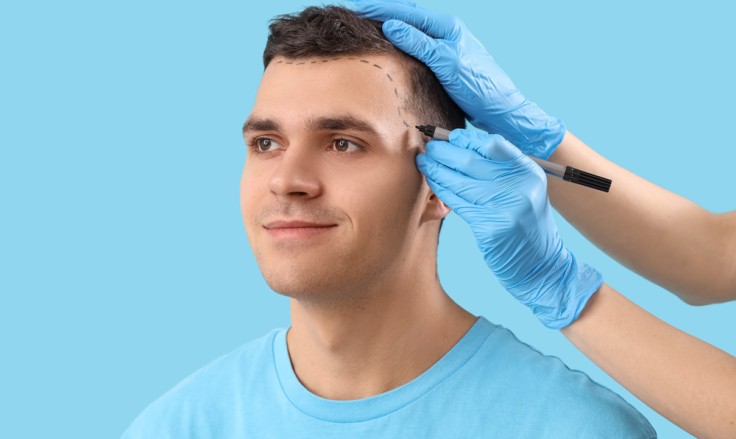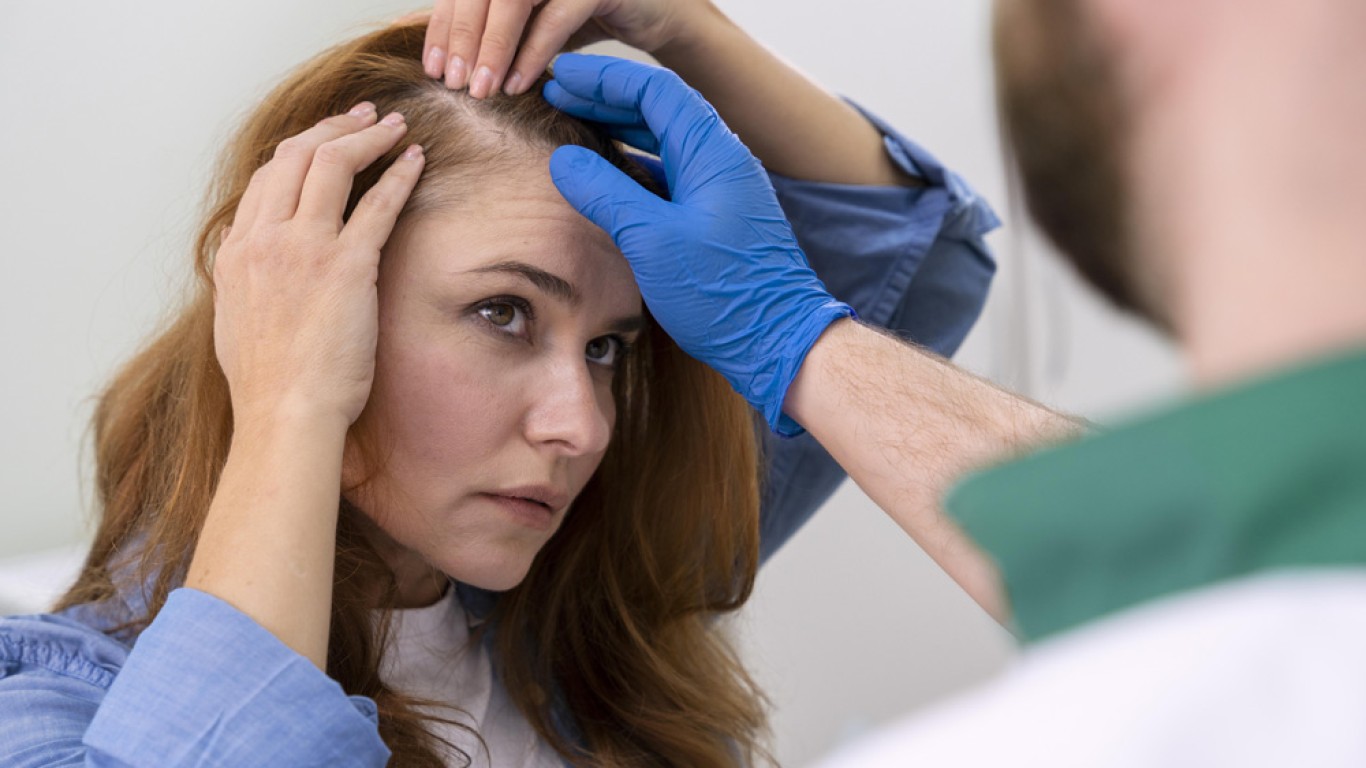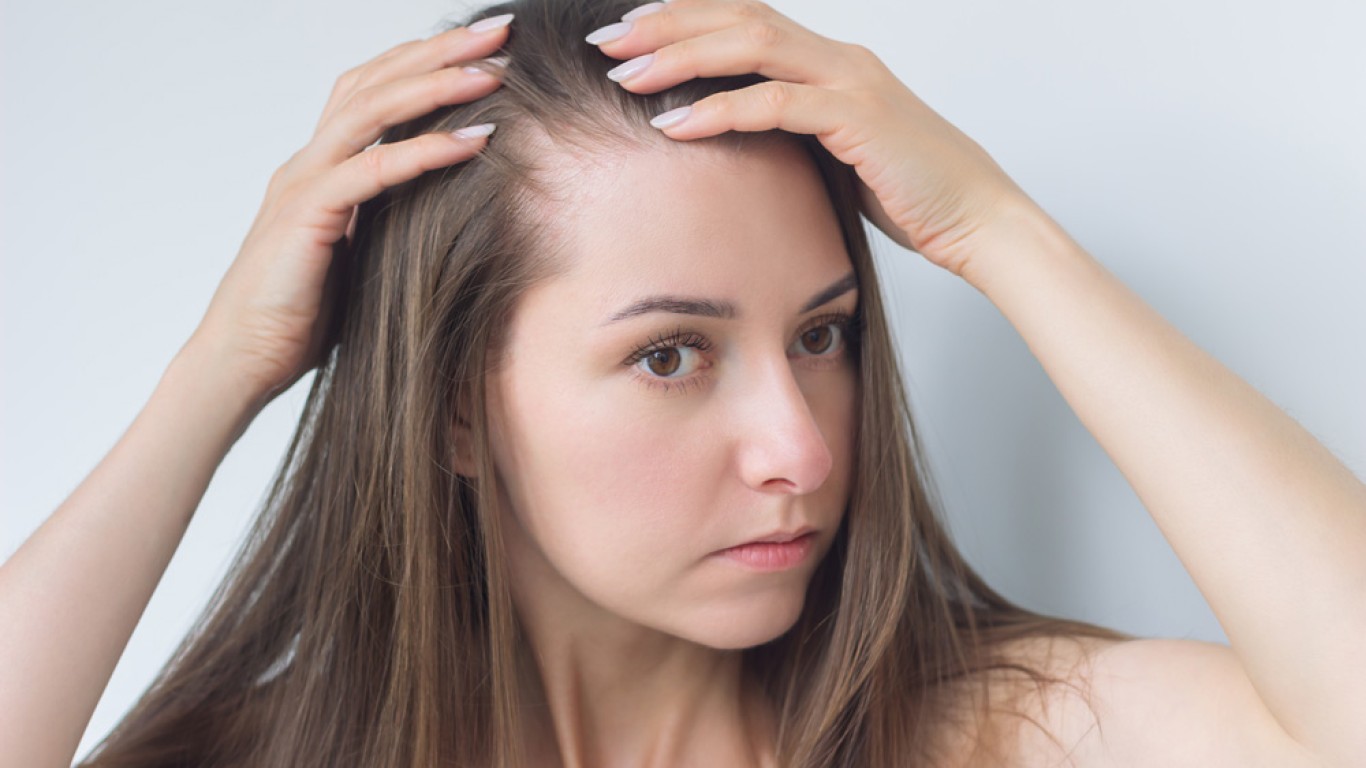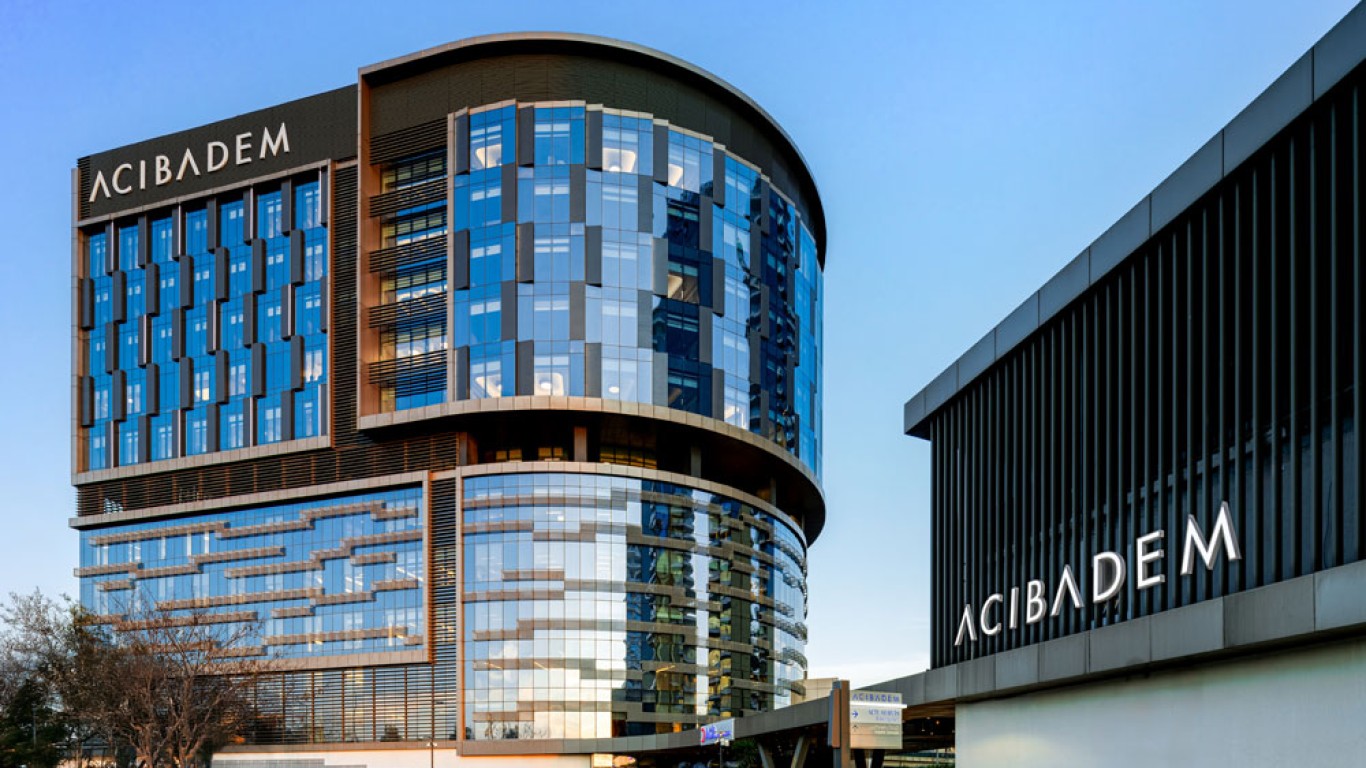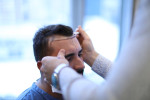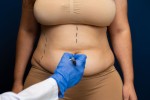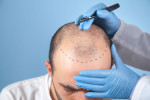Introduction: The Rise of PRP Treatments
Hair loss affects millions worldwide, impacting confidence and identity. While genetics, ageing, and health conditions contribute, the demand for effective solutions keeps growing. One treatment attracting attention is PRP for hair loss. Using the body’s own resources, it offers a natural approach to restoring thickness and vitality. But what exactly does it involve, and what can patients expect?
What Is PRP for Hair Loss?
PRP stands for Platelet-Rich Plasma. It is derived from the patient’s own blood. The process begins with drawing a small sample, which is then spun in a centrifuge. This separates the plasma rich in growth factors. When injected into the scalp, these growth factors stimulate dormant follicles and encourage new hair growth. It’s a treatment grounded in biology, not synthetic chemicals.
PRP for Hair Loss Step One: Consultation and Assessment
Before treatment, patients undergo a consultation. Doctors evaluate scalp health, hair density, and medical history. This stage identifies whether PRP is suitable. It’s often recommended for early to moderate hair thinning rather than complete baldness. Setting realistic expectations is crucial. Patients are informed about timelines, number of sessions, and likely results.
PRP for Hair Loss Step Two: The Procedure Explained
On treatment day, a small vial of blood is drawn from the patient’s arm. The sample goes into a centrifuge machine, spinning to separate red cells from plasma. The golden PRP solution is collected. Using fine needles, the plasma is injected into thinning areas of the scalp. The procedure usually takes less than an hour, with minimal discomfort.
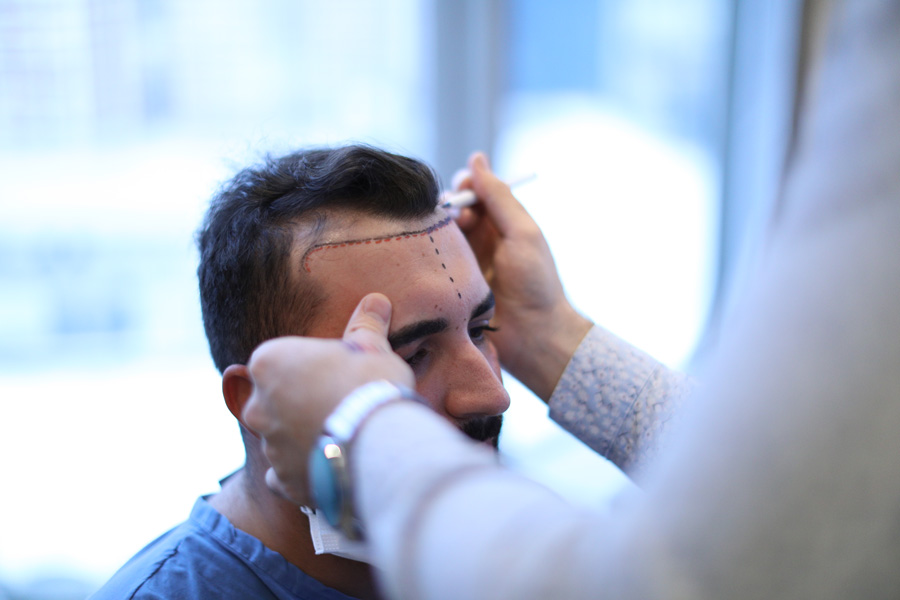
PRP for Hair Loss Step Three: Recovery and Aftercare
PRP for hair loss involves little downtime. Patients may experience mild redness or sensitivity at injection sites. These side effects typically resolve within 24 hours. Normal activities can usually resume immediately. Aftercare often includes gentle scalp care, avoiding harsh products, and protecting from sun exposure. Altogether, the recovery is straightforward compared with surgical options.
Results and Timelines with PRP for Hair Loss
Patience is key with PRP. Results are not instant but build over months.
Most patients see reduced shedding after the first sessions. Visible thickening and regrowth usually appear after three to six months.
Optimal results require multiple treatments, often a course of three to six sessions. Maintenance every six to twelve months helps sustain progress.
Who Benefits Most from PRP?
PRP for hair loss suits patients with thinning rather than complete baldness. It works best where follicles are weakened, not destroyed.
Men and women with early pattern hair loss are ideal candidates. It’s also effective for patients experiencing post-pregnancy shedding or hair loss after illness.
Because it uses the patient’s own plasma, there’s no risk of allergic reaction.
Comparing PRP with Other Hair Loss Treatments
PRP is often compared with medications like minoxidil or surgical transplants.
Unlike drugs, PRP doesn’t rely on daily use or chemicals. Unlike surgery, it avoids incisions and scarring.
However, results are not immediate, and multiple sessions are needed. Many patients combine PRP with other treatments for enhanced effect.
Costs of PRP for Hair Loss in 2025
Prices vary depending on the clinic and region. In the UK, sessions cost between £300 and £800. In the USA, prices often exceed £1,000.
Turkey remains an affordable option, averaging £150 to £400 per session. Packages for multiple treatments are common, making it more accessible for international patients.
While costs add up, patients often describe PRP as worth the investment for natural-looking results.
Conclusion
PRP for hair loss is transforming how patients approach thinning hair. By harnessing natural healing factors, it encourages follicles to regenerate and grow stronger.
With minimal downtime and proven results, it offers a balance of safety and effectiveness. For those seeking natural restoration, PRP remains one of the most promising solutions available.
For more information and to book a consultation visit the ACIBADEM Beauty Center Aesthetics webpage.
Frequently Asked Questions
It’s a treatment using platelet-rich plasma injections to stimulate hair growth.
Reduced shedding appears in weeks, while visible growth takes three to six months.
Usually three to six initial treatments, followed by maintenance every six to twelve months.
Mild discomfort is possible, but numbing cream reduces sensations.
It’s non-invasive, uses natural plasma, and has minimal downtime compared with surgical transplants.
